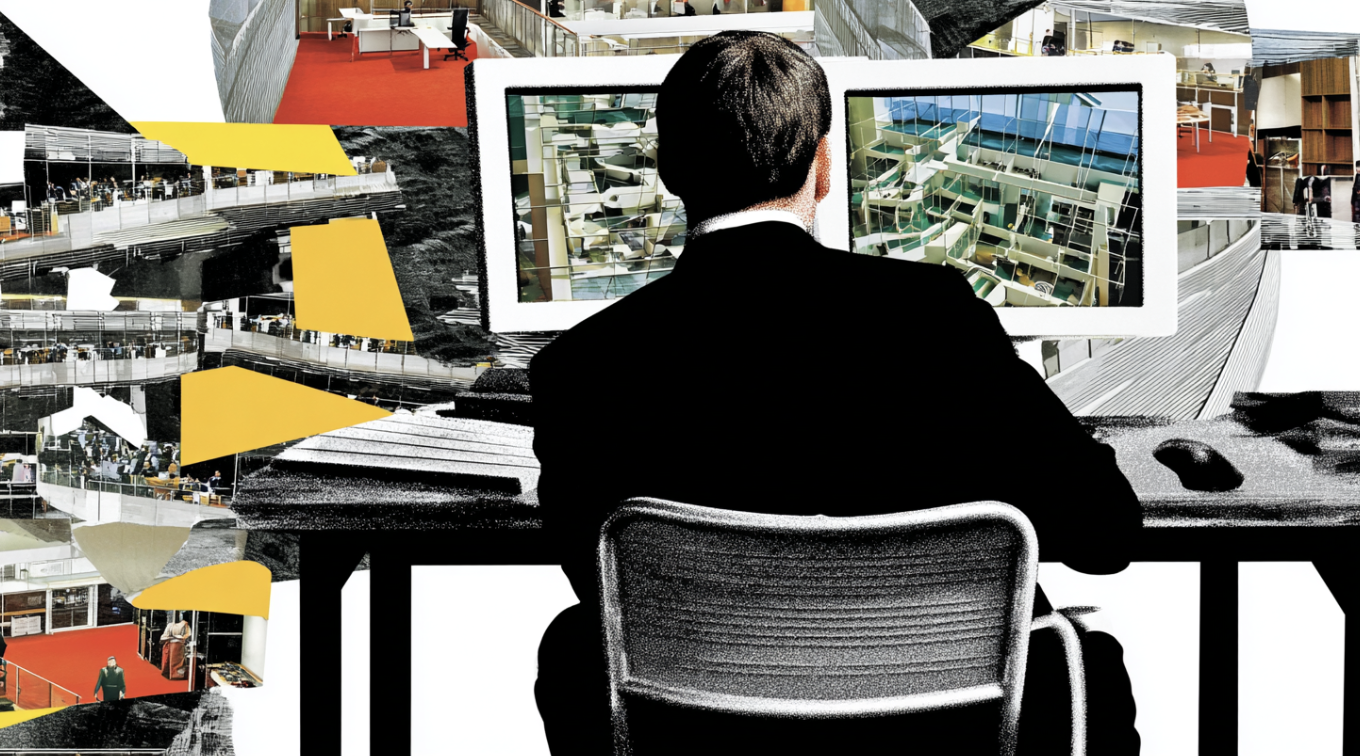Density vs. Zoom
While Zoom offers convenience and insights into Zoom-enabled rooms, it does not capture data on other space types.

Remote and hybrid work models have driven the demand for video conferencing tools like Zoom. It’s only natural then that workplace teams want to know how widely used their Zoom-enabled rooms are. Realizing this, Zoom made it possible to count the in-room attendees in a Zoom Room.
This article compares Density and Zoom’s in-room attendee count feature, exploring whether standard video conferencing analytics suffice or if the granular data from Density has become the new standard for modern workspaces.
Key features overview
Density: With its combination of 3D sensing and machine learning algorithms, Density offers highly accurate counts of people entering and exiting spaces. Beyond simple occupancy counts, Density can provide detailed insights into how a space is being utilized—all while ensuring anonymity.
Zoom: Zoom provides analytics to help workplace leaders understand how often their video conferencing facilities are being used. While this can give some insight into space utilization, it is limited to only those rooms that are Zoom-enabled.
Comparison metrics

Pros and cons
Density:
- Pros: High accuracy, applicable to all types of spaces, completely anonymous.
- Cons: Requires hardware, does not capture data on the type of meeting taking place (e.g., video conference vs. in-person).
Zoom:
- Pros: Integrated into existing Zoom subscriptions, provides data on type of meeting.
- Cons: Limited to Zoom-enabled rooms, does not capture data on rooms not being used for Zoom meetings.
Takeaway
While Zoom’s in-room attendees count feature offers convenience and insights into specific types of meetings, it doesn’t provide a comprehensive view of space utilization. Density’s tech is versatile, providing actionable insights for any type of room or space across your portfolio, making it a more flexible and thorough solution for understanding how your spaces are used.
FAQ: Density vs. Zoom
1: How do Density and Zoom collect data?
- Density: Uses 3D sensing and machine learning algorithms to anonymously measure occupancy and utilization in physical spaces.
- Zoom: Gathers user data and meeting metrics through its software platform.
2: What are the cost implications?
- Density: Involves a hardware fee and an annual data fee, variable by volume.
- Zoom: Subscription-based, with costs varying depending on features and number of users.
3: Is the data from Density and Zoom accurate?
- Density: Offers highly accurate, real-time data on physical space utilization, regardless of the space type.
- Zoom: Provides accurate data on meeting attendance, duration, and other virtual meeting metrics.
4: Can these platforms scale?
- Density: Highly scalable, suitable for multiple buildings or locations.
- Zoom: Scalable, though primarily designed for virtual spaces.
5: What about employee anonymity?
- Density: Ensures 100% anonymity with no capture of personally identifiable information.
- Zoom: User data is tied to individual accounts, not anonymous.
6: How easy is it to analyze the data?
- Density: Comes with a robust workplace analytics platform for straightforward data analysis.
- Zoom: Provides built-in analytics, but these are generally tied to meeting performance rather than space utilization.
Table of Contents
Key Takeaways

DisruptCRE founder shares how corporate real estate is changing
Companies are moving employees from underutilized offices into "space as a service” options with utilization data.
Watch now
Half of offices are empty but you still can’t find a meeting room
Employees waste up to 30 minutes a day looking for a meeting room to meet in workplaces.
Read moreMost recent

The truth behind “99% accurate” occupancy sensors
Accuracy in occupancy sensing depends on the type of space and situation you’re measuring—not a flat percentage claim.

Space waste: The industry’s naughty and nice list
Our sensors spilled the beans: What industry is winning, who's wasting and who's hogging your office real estate.
.png)
Improve your occupancy sensor RFP with our best practice guide
Discover essential questions to simplify your occupancy sensor RFP process and confidently choose the right vendor.

Does RTO actually work? A webinar debate with the data
Density’s RTO data sparks debate between a pro-office CEO and a remote-friendly workplace strategist.
Explore other Density Products
Atlas for Workplace
Insights for the workplace that help you cut costs and deliver better spaces.
Learn more